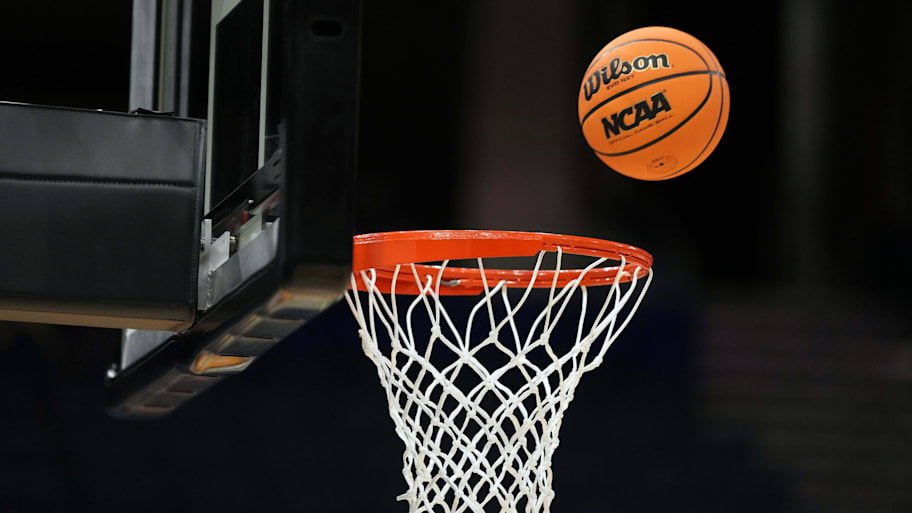Through Oct. 31, Sports Illustrated will count down its preseason men’s college basketball Top 25 with overviews of each team. Here are the full rankings so far.
6. St. John’s Red Storm
Rick Pitino’s elite defensive scheme with this amount of size and athleticism basically ensures this group will be one of the most imposing teams on that end of the floor this season. That combined with the added three-point shooting raises the ceiling of this group higher than last season’s team, though shaky point guard play could be what holds Pitino’s team back from a true breakthrough in March. Read more on the Red Storm.
7. Texas Tech Red Raiders
This is as aggressive a ranking as you’ll find for a Tech team that is outside the top 20 of analytics-based preseason ranks like T-Rank and EvanMiya. That said, this looks like a roster that fits perfectly together. I’m bullish on the transfer portal additions and their fit with two stars in JT Toppin and Christian Anderson. The Big 12 is loaded, but the Red Raiders should be a factor at the top. Read more on the Red Raiders.
8. Louisville Cardinals
If you’re making a list of college basketball’s League Pass teams (i.e., the squads you’d pay extra to watch every night), Louisville would be on it. Pat Kelsey’s style of play paired with this amount of shooting and playmaking could make the best version of this team an absolute joy to watch. Whether a team this reliant on the three that might not be great on the defensive end can seriously contend for a national championship remains to be seen, but it feels foolish to bet against Kelsey after his Year 1 magic. Read more on the Cardinals.
9. BYU Cougars
This BYU roster is built very much like an NBA team, with three ultra-high usage players in Robert Wright III, Richie Saunders and AJ Dybantsa and highly specialized role players surrounding them. That’s a potent trio capable of leading a team to the highest of heights in the college game. The questions are real defensively with this roster construction, though, especially if some of the floor-spacing adds win out in the battle for minutes. With early tests against Villanova, UConn, Wisconsin and Miami in the season’s first month, we should learn quickly just how good this BYU group is. Read more on the Cougars.
10. Kentucky Wildcats
This is a deeper, more talented and more athletic Kentucky team than the one we saw last year, one with the potential to be much improved defensively. If Mark Pope can find creative ways to operate efficiently on the offensive end (and there are plenty of reasons to believe he will), this could be one of the best two-way squads in the country. With a healthy Jayden Quaintance, this is a team that can compete for a national championship. Read more on the Wildcats.
11. Kansas Jayhawks
This is a critical year at Kansas to prove that the last two years aren’t a trend and to maximize their time with a potentially generational prospect in Darryn Peterson. If Peterson is as good as I expect him to be, he’ll cover a lot of the flaws with this roster. But there’s little margin for error here, and the road won’t be easy with a tough nonconference schedule in addition to the loaded Big 12 slate. Read more on the Jayhawks.
12. Michigan Wolverines
Dusty May did a lot with a transition year roster in 2024–25 and now has the type of talent to seriously compete for Final Fours and national championships. Yaxel Lendeborg is a likely first-rounder, and both Aday Mara and Morez Johnson Jr. could play their way into that conversation before the year is up. If Michigan’s big bet on Elliot Cadeau pays off, this might be the Big Ten team most equipped to challenge Purdue for the conference title. Read more on the Wolverines.
13. Arizona Wildcats
Tommy Lloyd is a proven winner, and it’s hard not to love this group’s size, physicality and depth. This could be the best team in the country on the glass and one of the best in transition. With a daunting early season schedule matching up against the likes of Florida, UCLA, UConn and Auburn in the first month and change, don’t be surprised if they take some early losses as this young group as they find their footing offensively. But as Lloyd finds the best lineup combinations to roll out, this group could be on a roll by March. Read more on the Wildcats.
14. Arkansas Razorbacks
This is the most continuity a John Calipari team has had since the 2015 Kentucky squad that went 38–1. No one should be expecting that from Arkansas this year, but it’s not unrealistic to expect the Razorbacks to seriously contend at the top of the SEC. At his best, perhaps Calipari’s top attribute was his ability to get players who all believed they were the best player to buy into a team concept. If he can do that with this ball-dominant backcourt, the Hogs should be back in the second weekend … and could maybe go even further than that this March. Read more on the Razorbacks.
15. Illinois Fighting Illini
This year’s Illini team doesn’t have as much NBA talent as last year’s, but they’re older and more proven across the board. If Andrej Stojakovic is as advertised along with a jump from Tomislav Ivisic, this Illinois team will be incredibly hard to guard. It’s going to be tough for anyone to catch Purdue, but Illinois is built to score with just about anyone. Read more on the Illini.
16. Tennessee Volunteers
Tennessee has one of the nation’s best coaches, an elite point guard and a projected top-five NBA draft pick. That alone gives the Vols a leg up on most of the rest of the sport, especially given you can trust them to be among the best defenses nationally. Things could get clunky offensively though at times, especially if Amaree Abram or Ethan Burg doesn’t emerge as a legitimate threat. Read more on the Vols.
17. UCLA Bruins
The Donovan Dent add massively increases the Bruins’ ceiling from a year ago, giving them the elite talent and offensive engine that could allow them to take the next step and be back in Final Four contention. But it won’t be easy in a rough-and-tumble Big Ten, especially with the amount of travel they’ll deal with in January and February. Read more on the Bruins.
18. Wisconsin Badgers
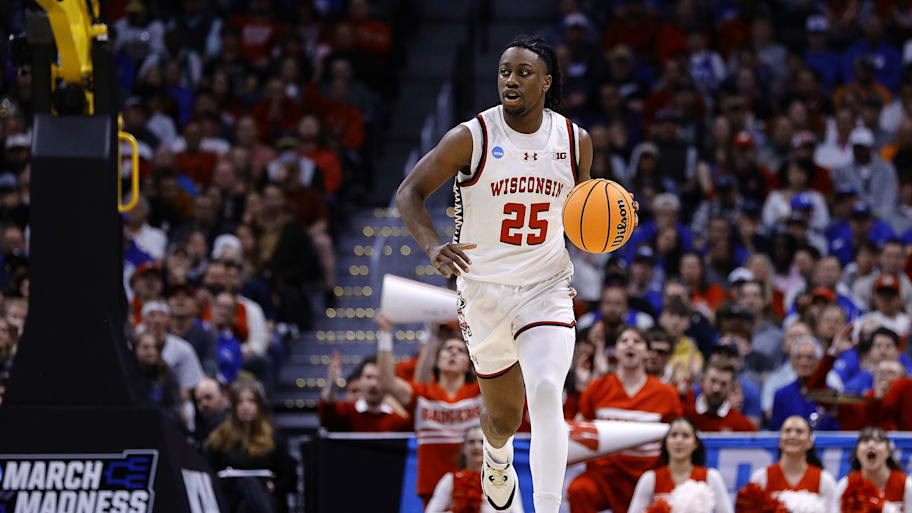
The Badgers have been a relatively safe bet under Greg Gard to at least crack the top 20, landing as a top-five seed in five of the last seven years. This year’s portal class, when paired with John Blackwell and Nolan Winter, gives them enough talent to be right in that same mix yet again. The next step is a March breakthrough, with folks in Madison, Wis., restless for a trip to the second weekend that hasn’t come since 2017. Read more on the Badgers.
19. Auburn Tigers
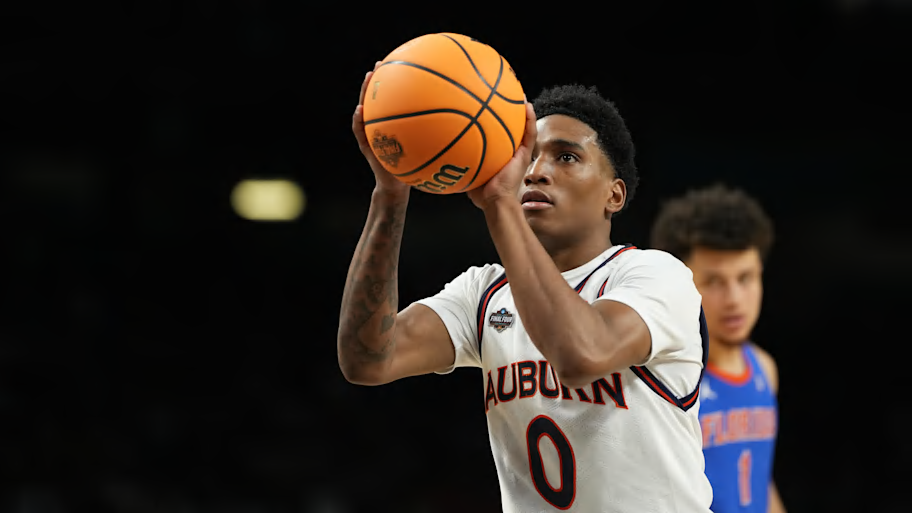
There’s plenty of uncertainty here with the late coaching change and a new-look roster. Tahaad Pettiford is a superstar though, and Auburn has put enough talent around him to be very competitive in the SEC. If Keyshawn Hall channels his talents better in a winning situation or Elyjah Freeman blossoms into a star, this group could easily be back at the top of the league. Read more on the Tigers.
20. Virginia Cavaliers
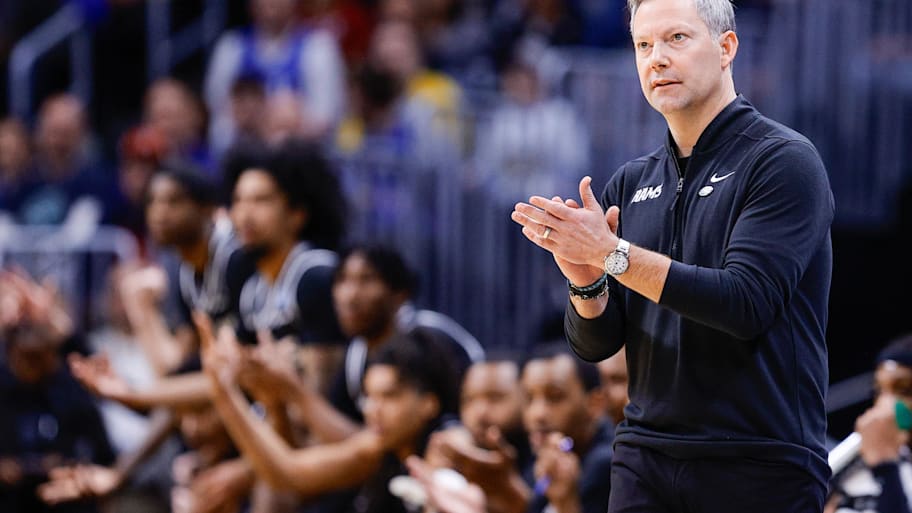
Virginia nailed the Ryan Odom hire, and Odom’s ability to quickly put his stamp on a place with such a prominent predecessor is a really promising sign for the future. The financial investment in this roster should make the bar for a successful first year more than just sneaking into the NCAA tournament, but the mix of talent and experience here gives this roster a chance to seriously push the best of the ACC and potentially make a deep run this March. Read more on the Cavaliers.
21. North Carolina Tar Heels
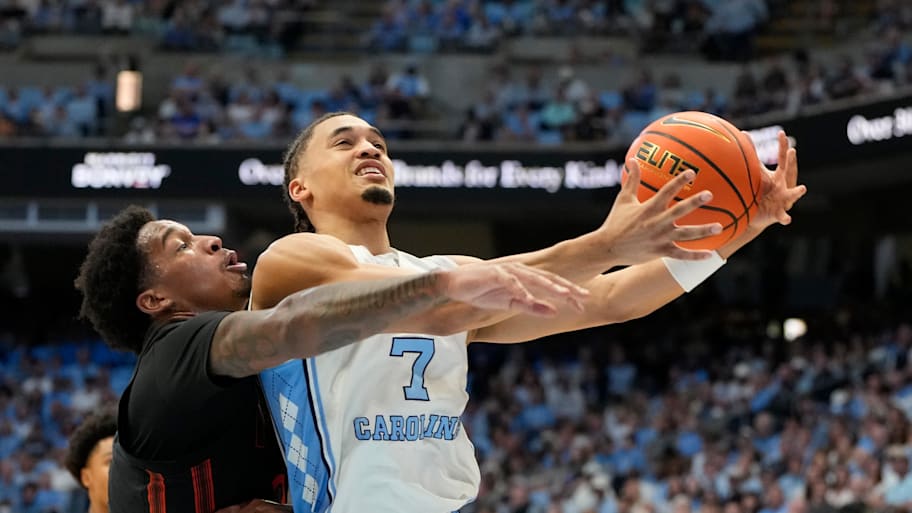
North Carolina’s roster construction makes a lot more sense this year than last season’s combination of ball-dominant guards and bad bigs. Henri Veesaar is a huge upgrade at center, and the Heels can surround a relentless rim presence like Seth Trimble with plenty of shooting. If Caleb Wilson makes the impact some in Chapel Hill, N.C., expect him to, this group could be in for a major bounce back. Read more on the Tar Heels.
22. Michigan State Spartans
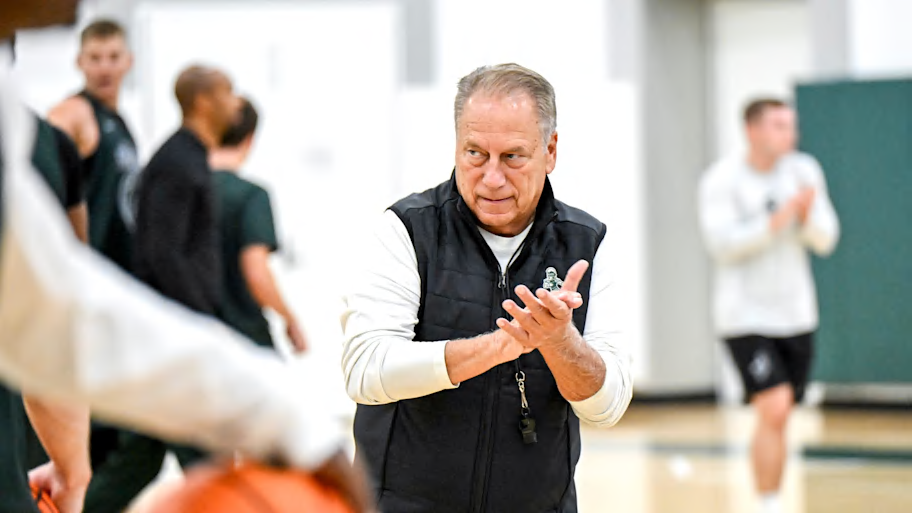
The floor is really high with this group given the Hall of Fame coach on the sideline and the elite defensive personnel. The questions come with the ceiling, especially given this group’s offensive limitations. If nothing else, this will not be a fun team to play against and one that will likely grind their way to plenty of ugly wins. Read more on the Spartans.
23. Ohio State Buckeyes
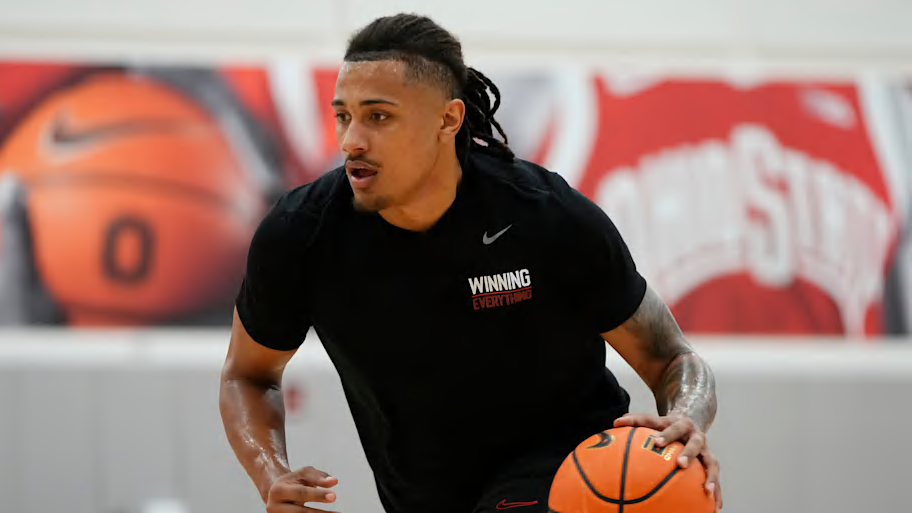
From both a talent and continuity standpoint, this group looks like an upper-third Big Ten team. The Buckeyes’ offensive ceiling might be one of the five or so best units nationally. Concerns about the defense and a head coach who’s in just his second full season running a program are real, but this group’s ceiling is high if it all comes together. Read more on the Buckeyes.
24. Gonzaga Bulldogs
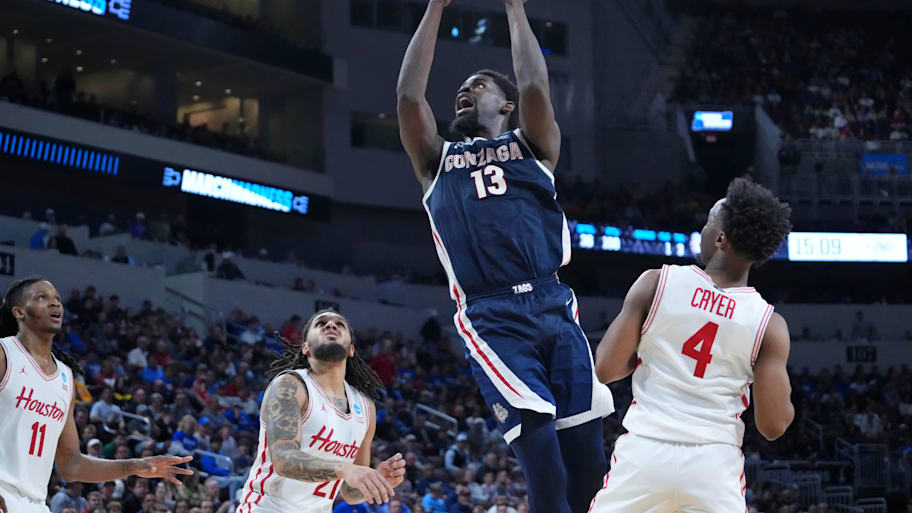
This ranking would represent a step back for Gonzaga after a ridiculous 10 straight seasons in the top 12 of KenPom, though the Zags’ numbers are often juiced by their utter domination of WCC foes. That said, there’s too much backcourt uncertainty to feel confident putting this team among the top-tier title contenders. We should learn a lot early with matchups against Oklahoma, Creighton, Arizona State, Alabama and Maryland all before Thanksgiving Day. Read more on the Bulldogs.
25. Iowa State Cyclones
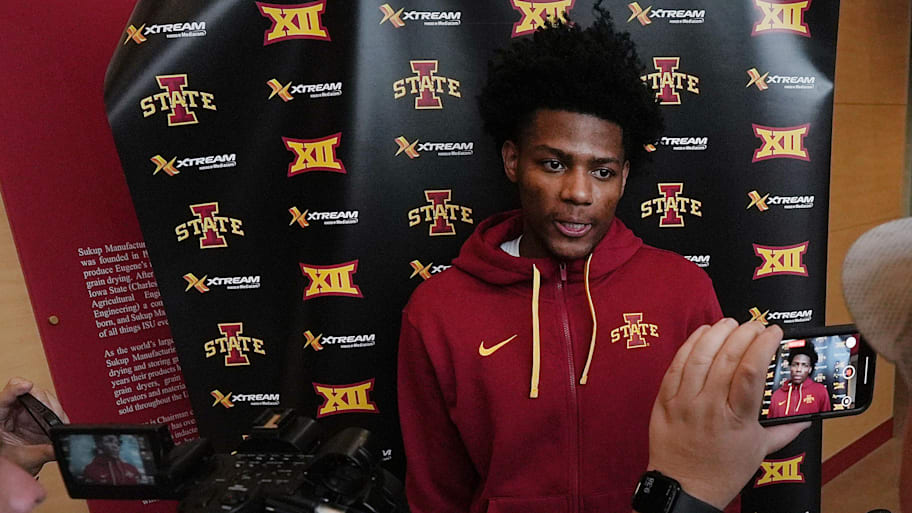
T.J. Otzelberger has earned the benefit of the doubt with his transfer portal evaluations after some great under-the-radar hits in recent years, but this crop of newcomers doesn’t look great on paper. The three key pieces Iowa State retained give them the necessary nucleus to compete for another protected seed in the NCAA tournament though, and if Dominick Nelson and Blake Buchanan hit, this ranking could look far too low in retrospect. Read more on the Cyclones.
More College Basketball on Sports Illustrated
Listen to SI’s new college sports podcast, Others Receiving Votes, below or on Apple and Spotify. Watch the show on SI’s YouTube channel.
This article was originally published on www.si.com as Sports Illustrated’s Men’s College Basketball Preseason Top 25.

